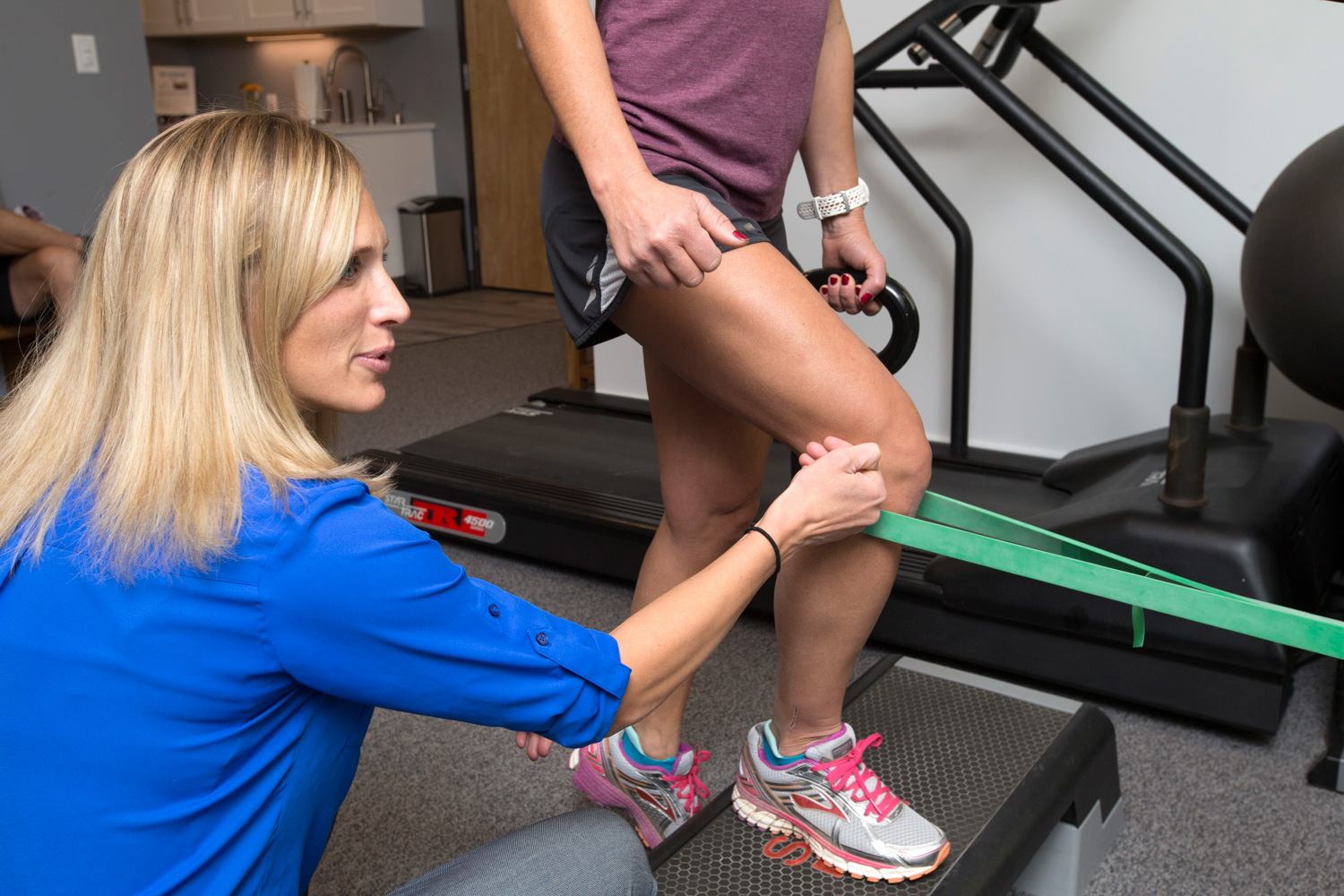Patellar tendinopathy is one of the more common sports medicine conditions seen in our Boulder Physical Therapy clinic. This condition causes increased pain along the front of the knee just beneath the knee cap and leads to pain with jumping, running, and squatting activities. Current medical evidence has described an absence of inflammatory cells and instead we find an increase in cells responsible for tendon repair. These immature cells are initially laid down in a disorganized pattern and require progressive, optimal loading through exercise to reach a mature, healthy state. In addition to exercise some physicians have advocated for PRP injections into the injured tendon in an effort to accelerate the healing process, but well constructed research trials have not been conducted and this treatment is still considered experimental. A recent research trial examined the effectiveness of PRP for patellar tendinopathy.
A well done randomized controlled trial in the American Journal of Sports Medicine examined the effectiveness of PRP vs. placebo (saline) in patients with patellar tendinopathy (> 6 months of symptoms) (Scott et al. 2019). Patients were randomized to one of three injection groups under ultrasound guidance leukocyte rich PRP, leukocyte poor PRP, and saline. Each group then received 6 weeks (3 times per week) of supervised Physical Therapy including heavy slow strength training (concentric and eccentric loading). Patients were folllowed up at 6,12,36, and 52 weeks. Authors found an improvement in all three groups but no difference in pain, function, or recovery between the three groups. If PRP added to the recovery we should have seen a superior effect of PRP and PT vs. saline and PT, but because all groups were similar we can attribute this change in function to the Physical Therapy strengthening program. This evidence supports our current view on the limited benefits of injections for tendon pain. Patients are encouraged to use a Physical Therapy exercise program consisting of progress, loading exercises to accelerate their recovery from tendon injury.

